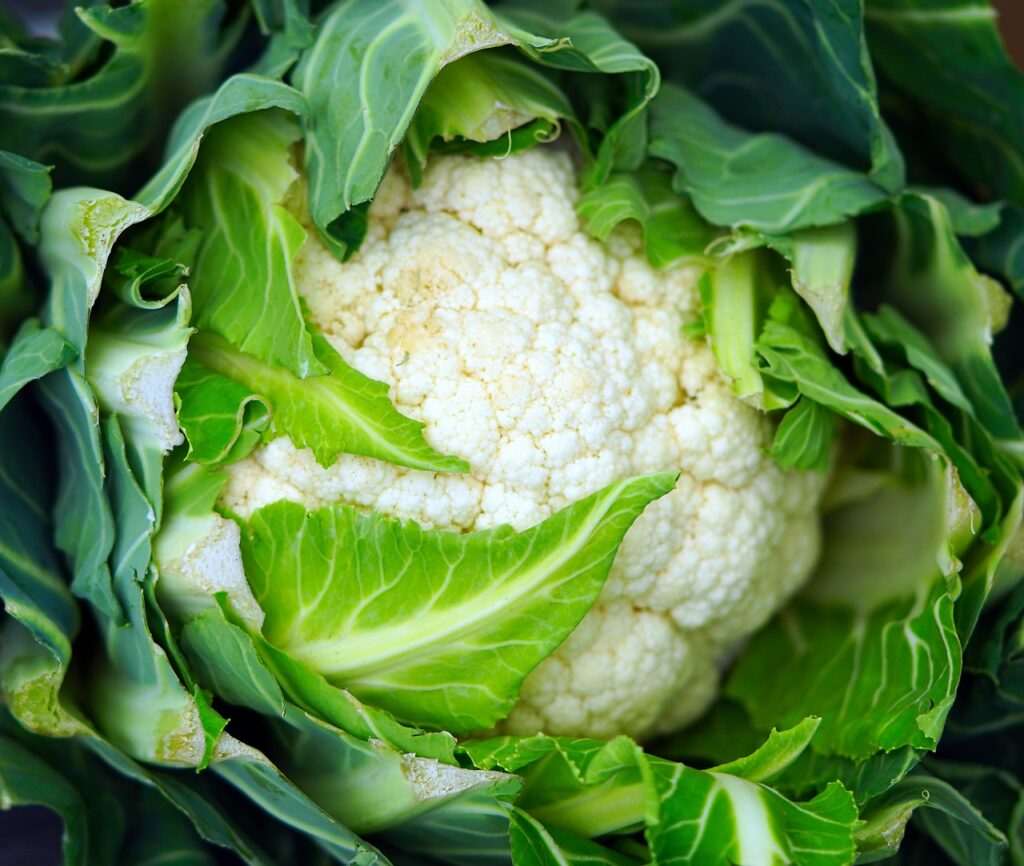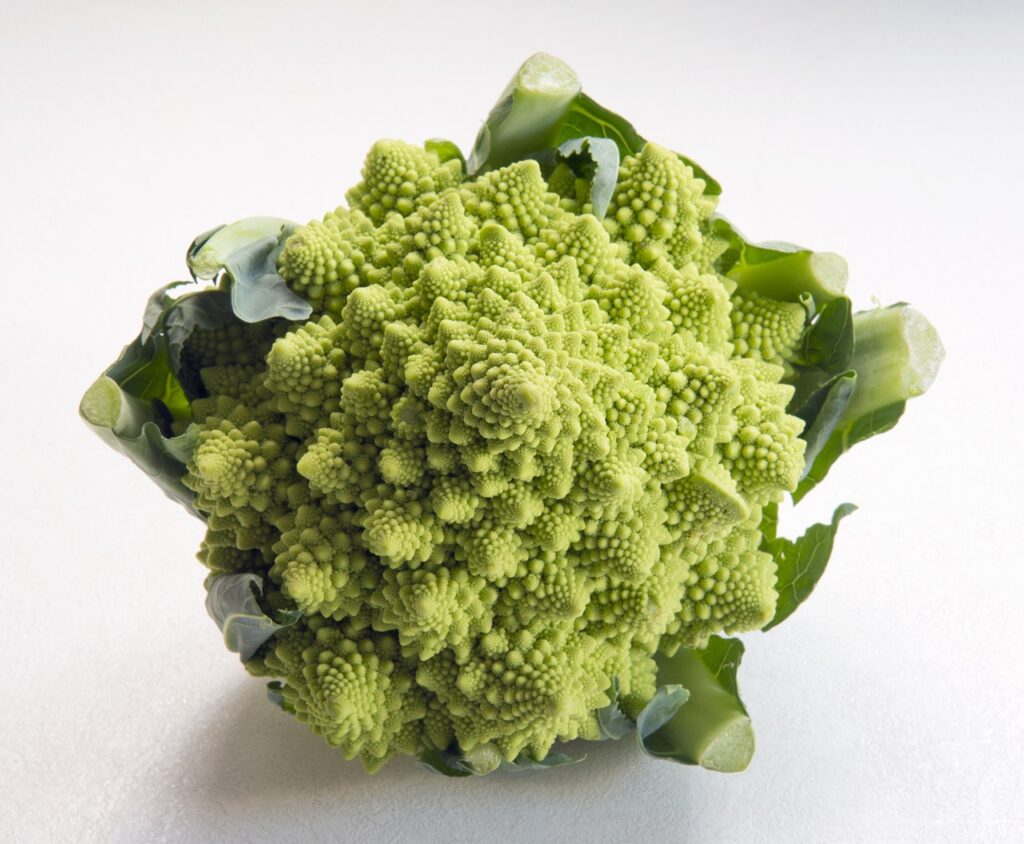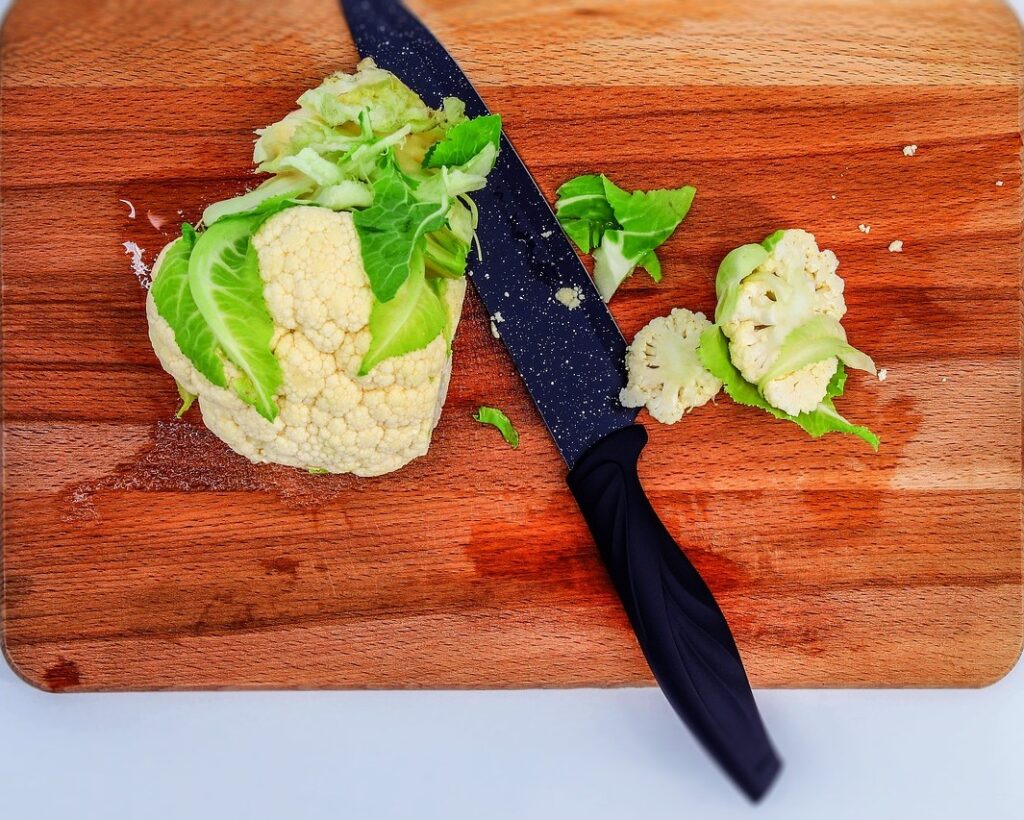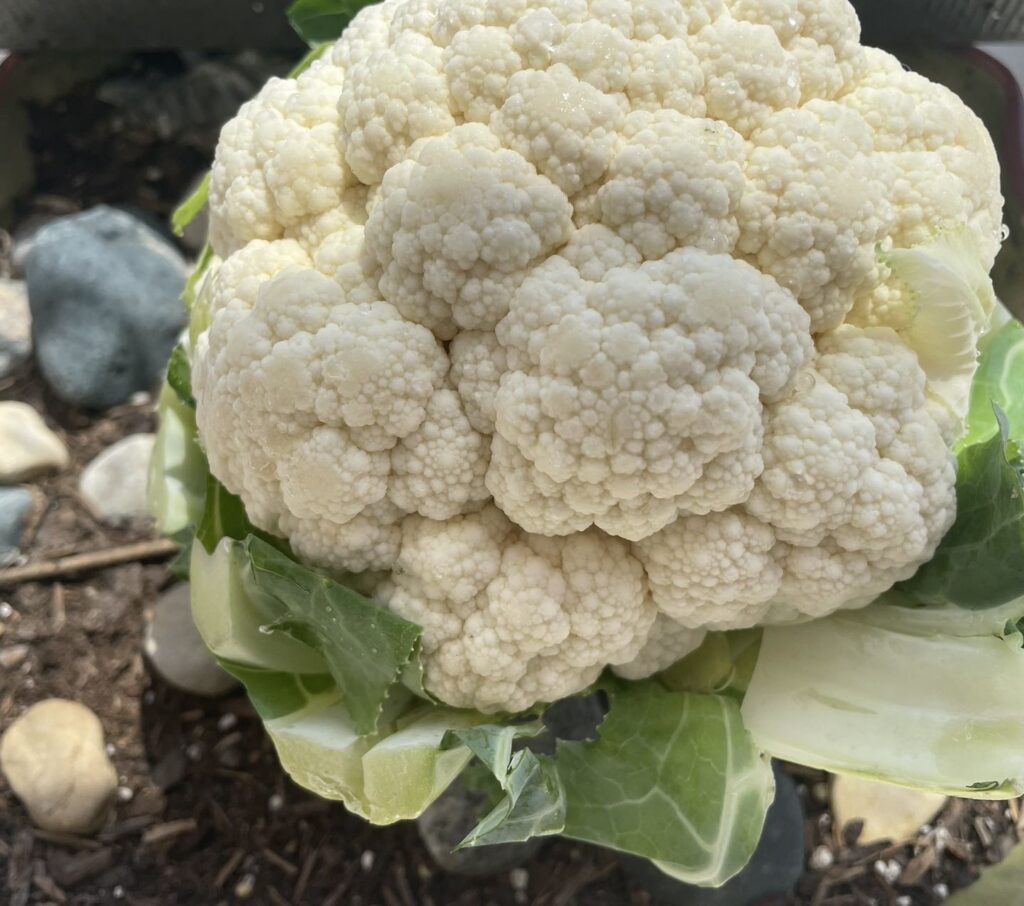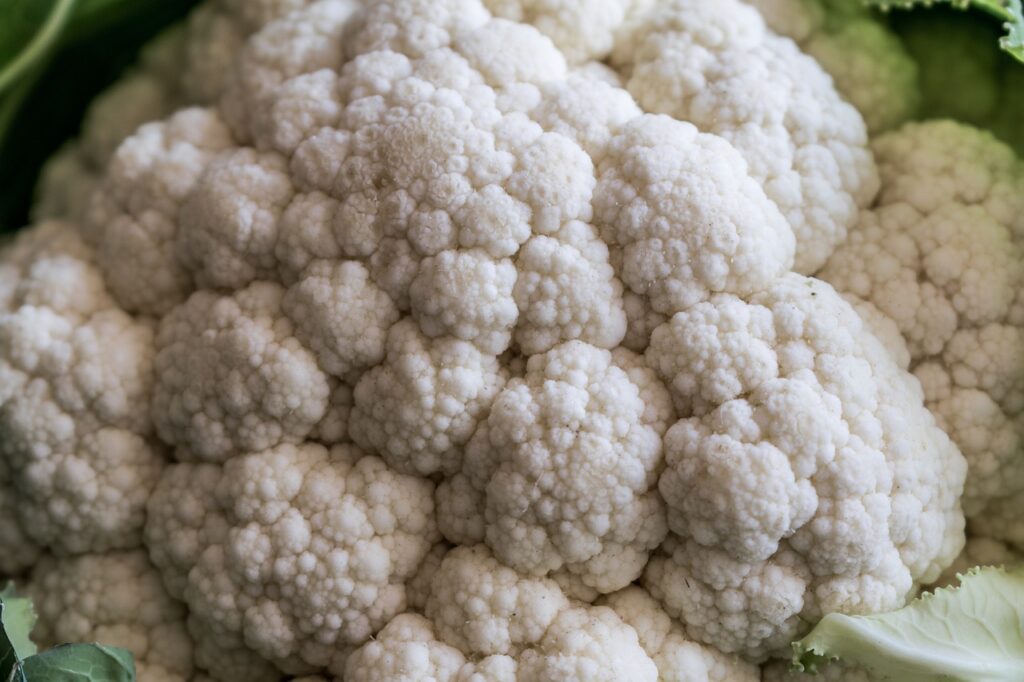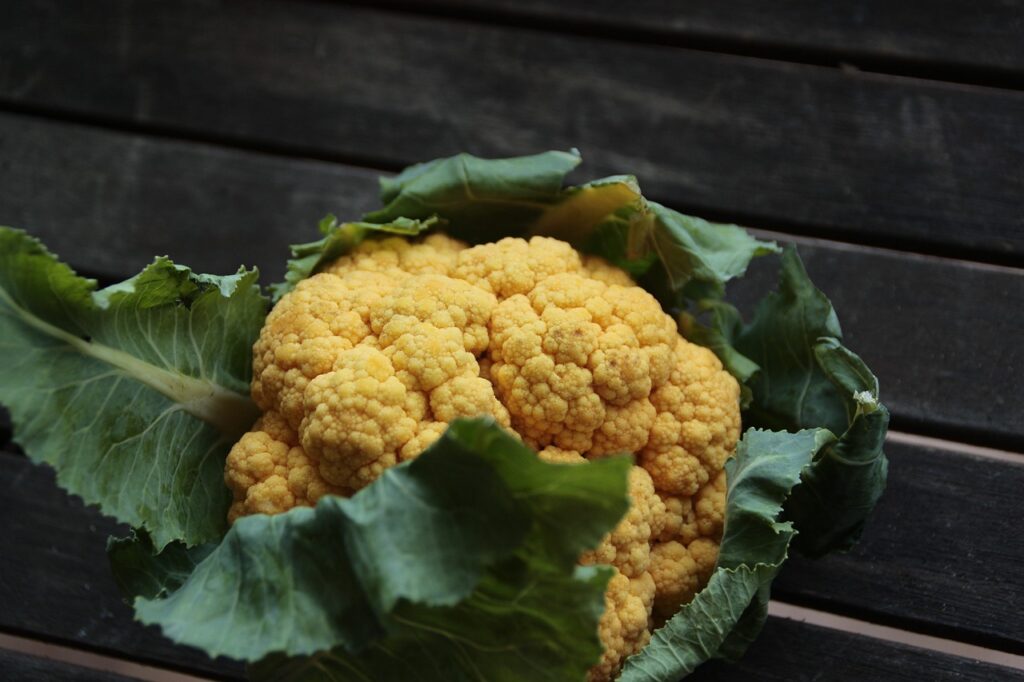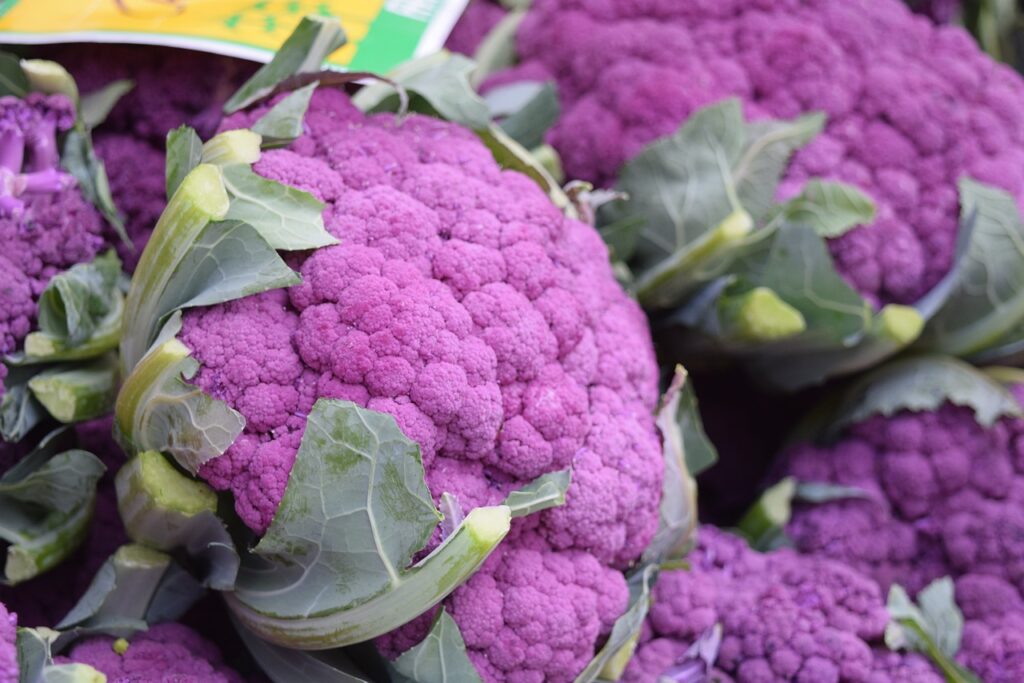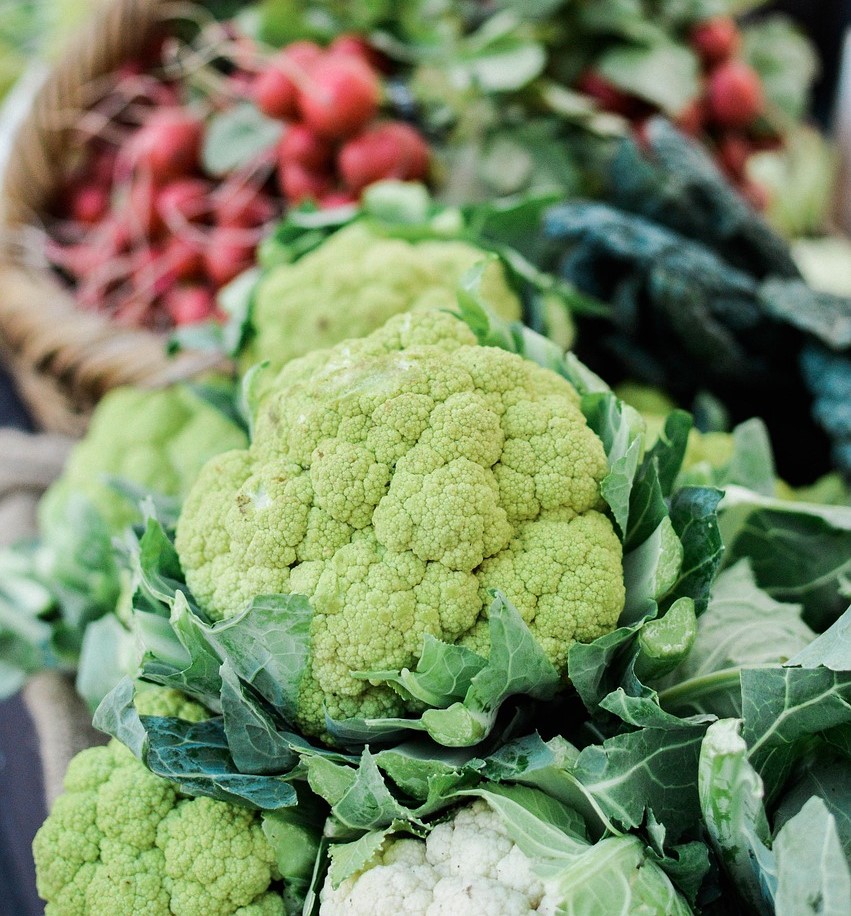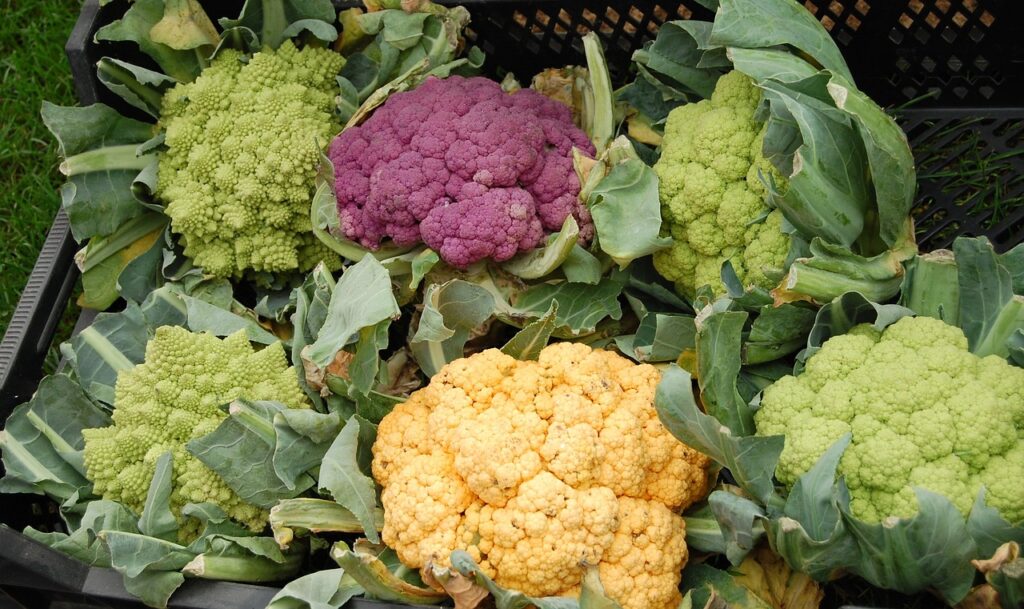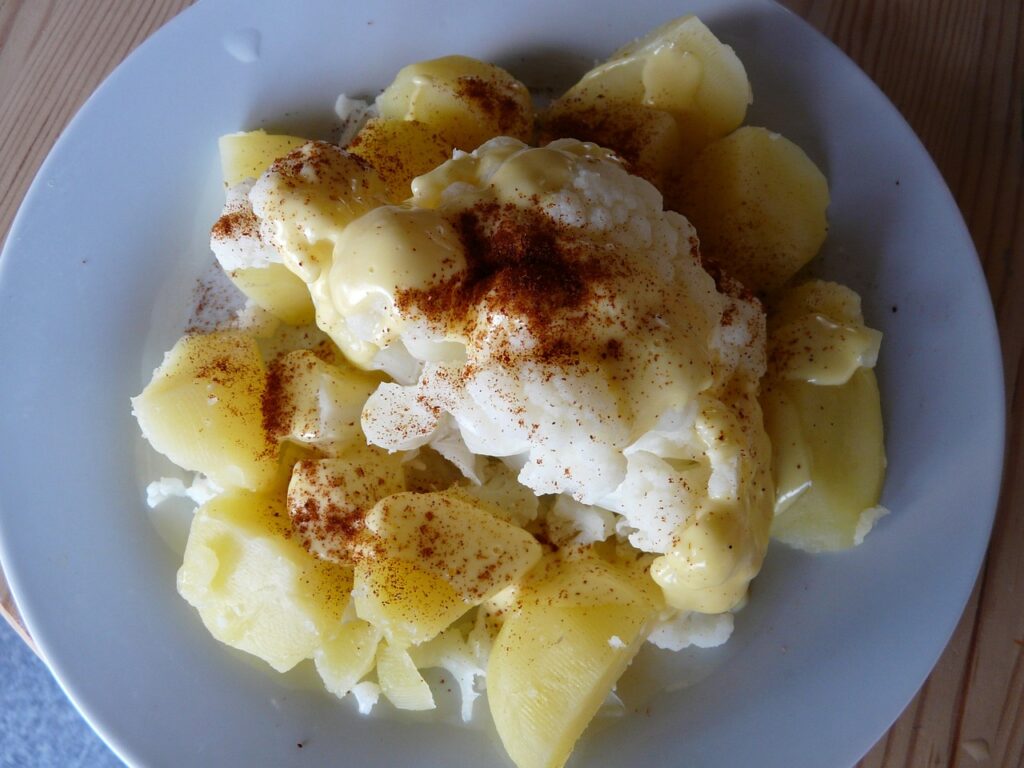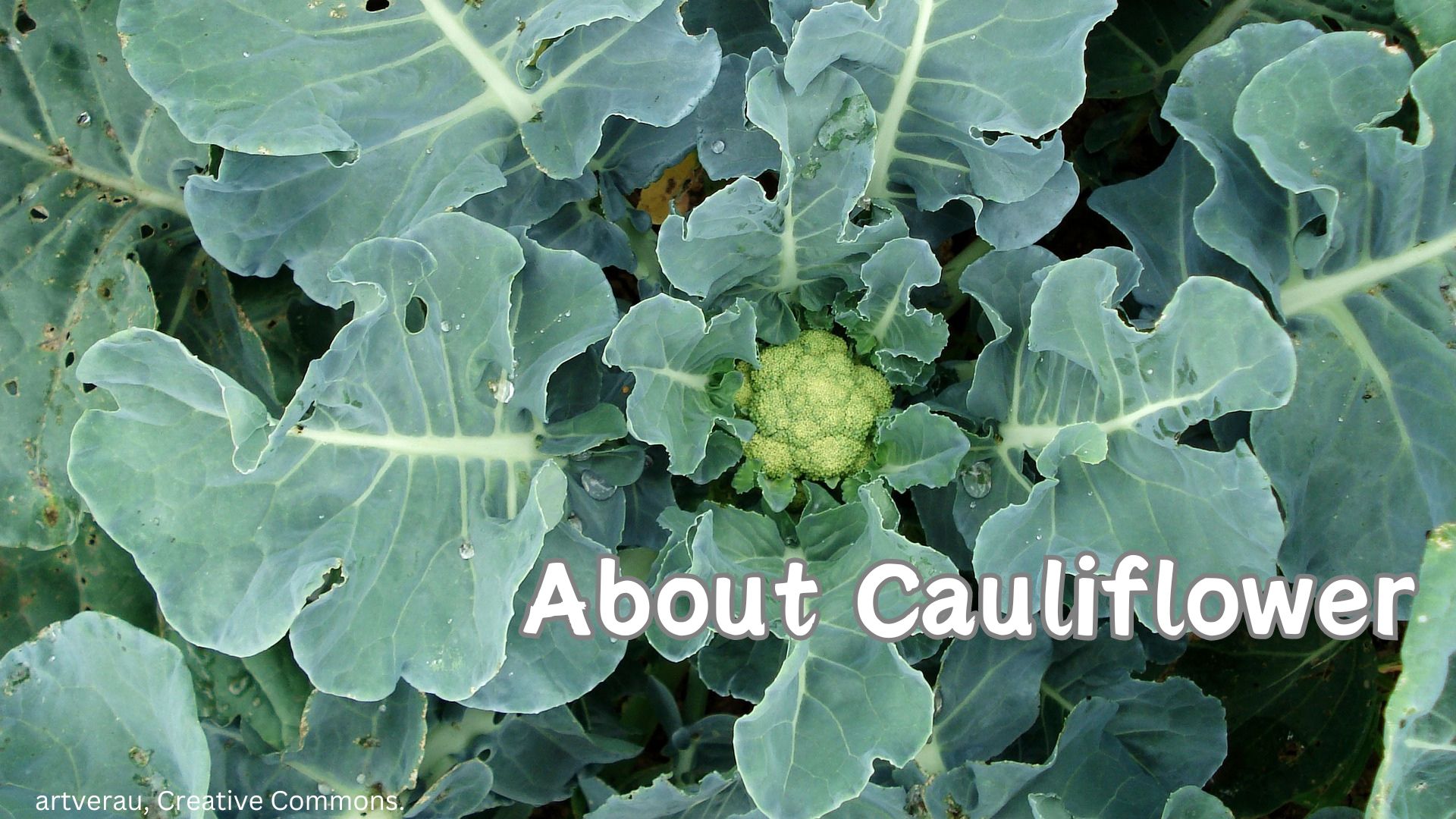
10 neat things about cauliflower
10 Neat Things about Cauliflower
1. Versatile vegetable.
Cauliflower is an incredibly versatile vegetable that can be used in a variety of dishes. It can be steamed, roasted, mashed, stir-fried, pickled, or even used as a low-carb substitute for rice or pizza crust. You can make your own riced cauliflower by pulsing pieces in a food processor until they are about the size of grains of rice. Recipes abound online for cauliflower pizza crust; in addition to cooked cauliflower rice, they tend to contain eggs, cheese and a bit of flour.
2. Origin.
Cauliflower is a member of the Brassica oleracea group of plants, along with cabbage, broccoli and Brussels sprouts. It is believed that cauliflower as we know it began to be cultivated in the Mediterranean region during the 15th and 16th centuries. The vegetable gained popularity in Europe during the 17th century and was introduced to North America by European settlers.
4. Hard to grow.
Gardeners report underdeveloped or miscoloured heads as the most common problems when growing cauliflower in Canada. It develops best between 15 and 21 Celsius and prefers well-draining soil rich in organic matter and at a pH level between 6 and 7. It also does not care for too much moisture and wind. Choose the varieties you grow carefully for your area.
5. White.
Cauliflower grows with some natural colour in it, tinging it yellow or pink. To get white cauliflower white, you must blanch it while it is growing. This process involves protecting the developing curds from direct sunlight to prevent them from developing undesirable colors. Farmers achieve this by gently tying the outer leaves together or covering the curds with leaves or special cauliflower covers. Gardeners may or may not bother.
6. Orange.
‘Cheddar’, ‘Orange Burst’ and ‘Orange Bouquet’ are all varieties of cauliflower that are (you guessed it) orange. They get their colouring from beta carotene, and the veg is much higher in vitamin A than the usual white. They all come from a peachy-coloured sport that a market gardener found in his crop in 1970 in the Holland Marsh of Ontario. Instead of pitching it, he let it flower and kept the seeds. You can read the full story here: https://laidbackgardener.blog/2017/08/14/the-fascinating-history-of-orange-cauliflower/
7. Purple.
The origin of purple cauliflower is less certain. It is the result of a genetic mutation that causes an accumulation of anthocyanin pigments in the plant’s florets. Anthocyanins are natural pigments responsible for the red, purple, and blue colors found in many fruits, vegetables, and flowers. Anthocyanins are antioxidants.
8. Green.
There is green cauliflower shaped exactly like white and there is green cauliflower, known as Romanesco, where the curds are shaped like cones arranged in a fractal pattern. Each cone is composed of smaller cones, which, in turn, are made up of even smaller cones, creating a mesmerizing visual effect. While the Romanesco fractals are not an exact representation of the Fibonacci sequence, they share similarities in their self-repeating nature. The green colouring comes from chlorophyl.
9. Vitamin C.
Just under two cups of cauliflower contains the recommended daily amount of Vitamin C. The same amount will also provide about 30 percent of the Vitamin K you need daily, and almost as much B5, B6 and B9. Other vitamins and minerals are quite low. To pack in more nutrients, you need to look for orange, purple or green cauliflower.


